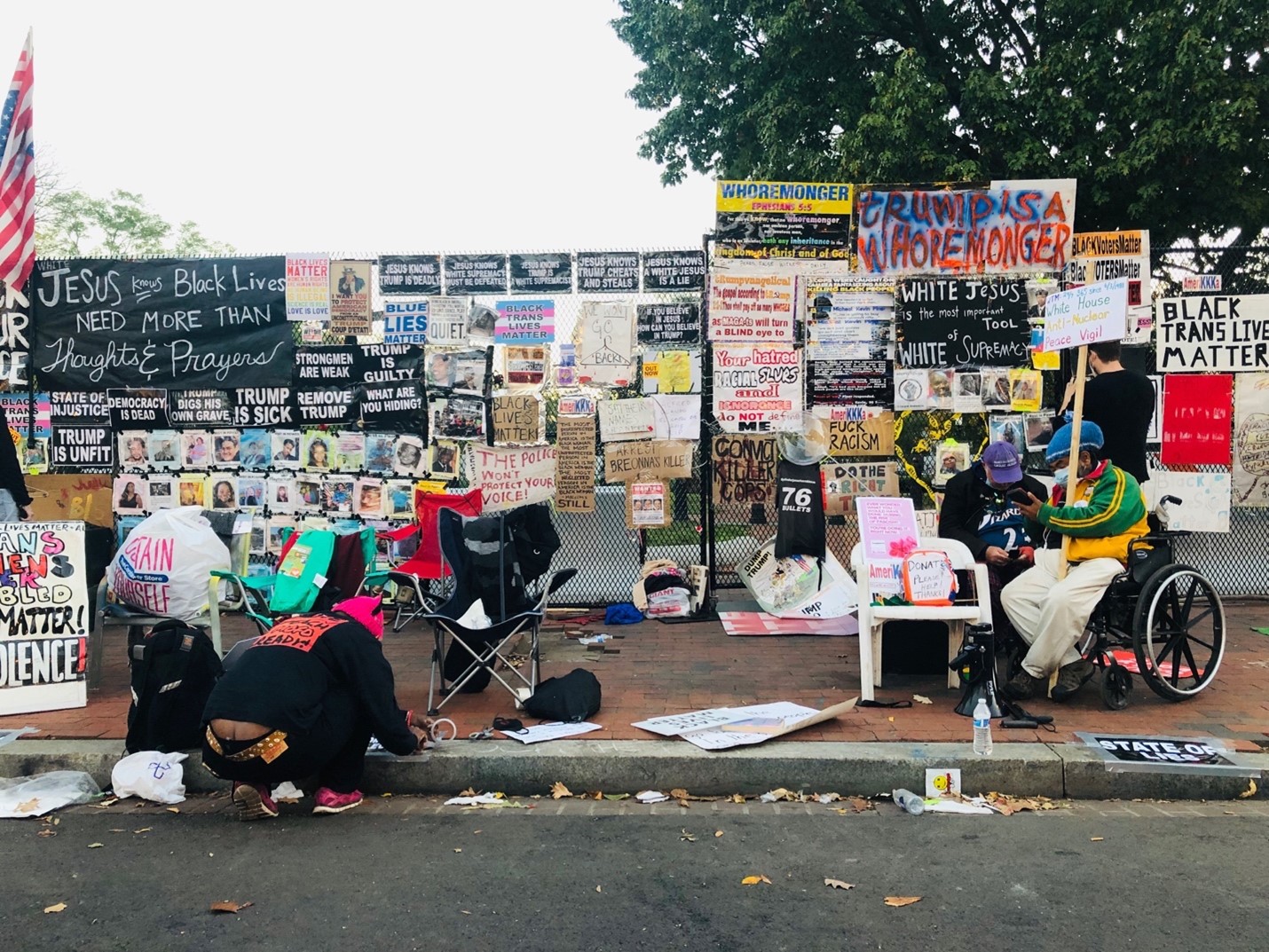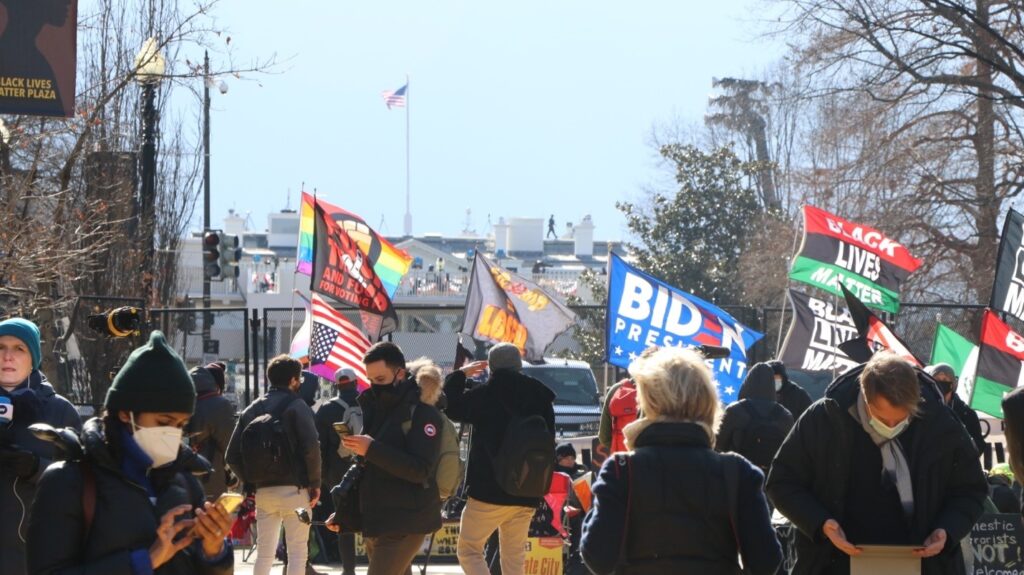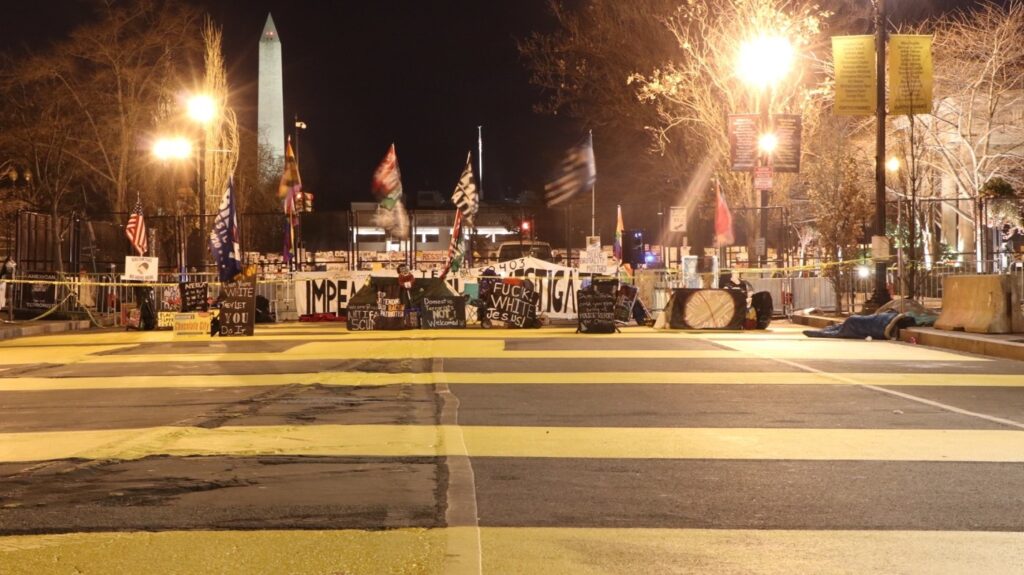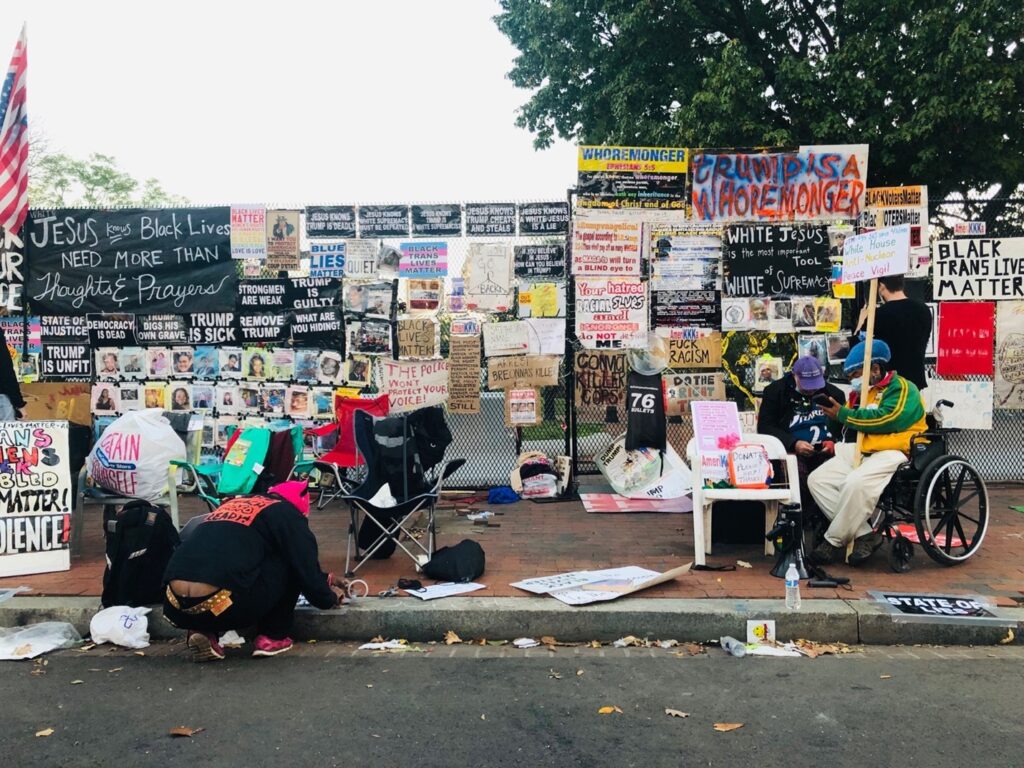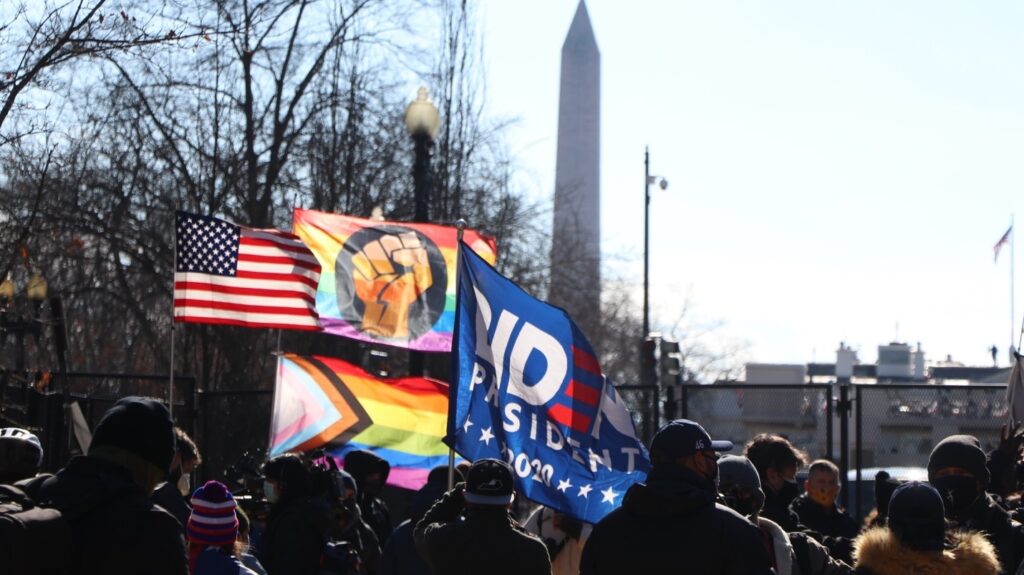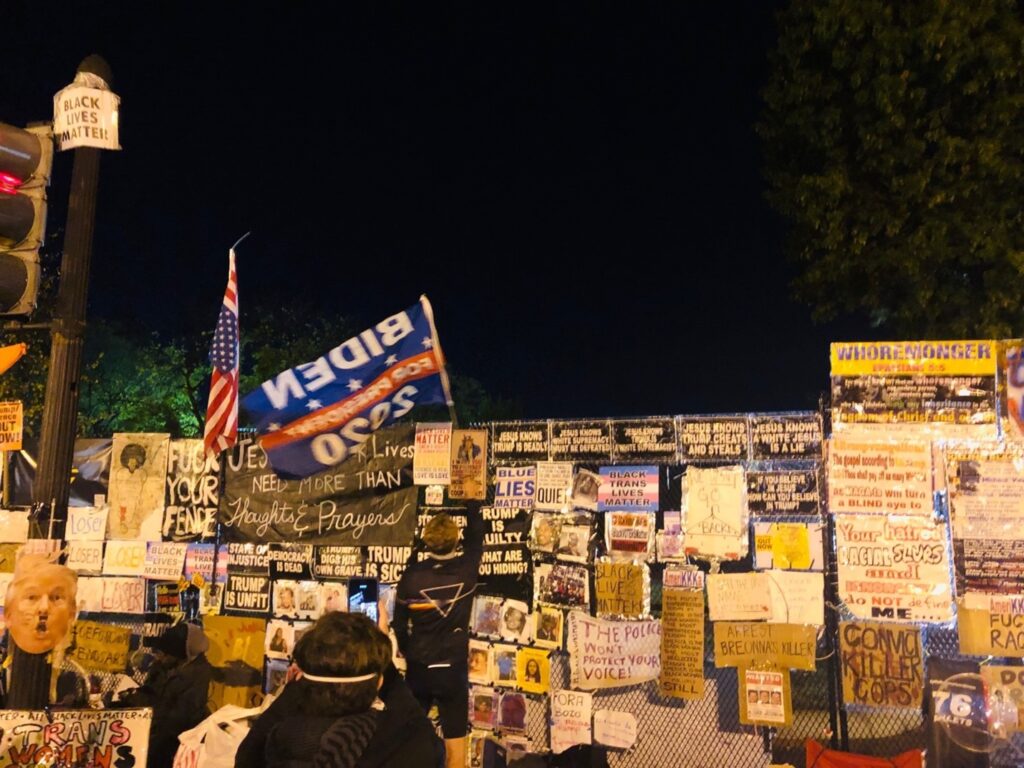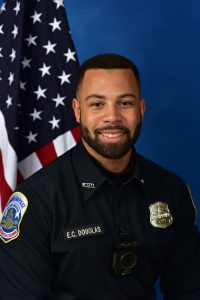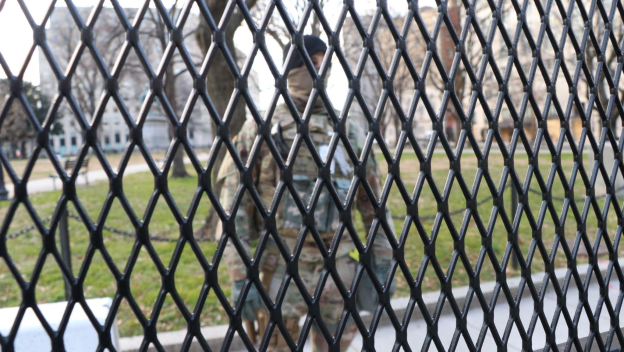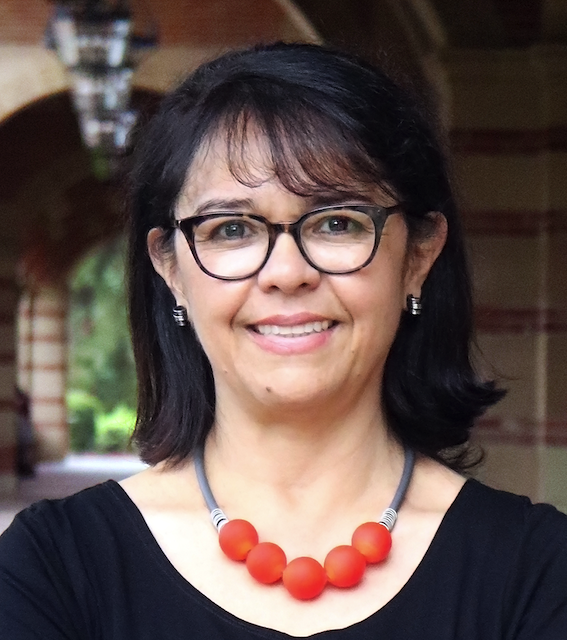
Immigration policy has been in the public eye, often taking center stage, for the past couple of decades. This interest grew considerably during the Obama and then the Trump administrations, as the number of unaccompanied minors and families from Central America arriving at the southern U.S. border grew in the mid-2010s and these administrations sought to contain the growth by detaining and separating these families. Given the heightened attention that immigration policy received during the Trump administration and the unprecedented policy activity during that presidency, there are raised expectations about what the Biden administration may do in this area. Will the Biden administration help to reunite separated families, lift restrictions on asylum at the border, and restore the refugee resettlement cap? Will the new administration reverse some of the policies of the previous administration or advance new ones?
Such debates usually focus on the effects that immigration policies have on immigrants and their families. Will policies of separation affect children, and if so, how? Will enforcement practices have long-term effects on families and on children’s development? Does legal status, as produced by immigration laws, affect the health of immigrants, their employment opportunities, and integration patterns in U.S. society?
These questions have animated my three decades of research in the field of immigration. Through my empirical focus on Central American migration (e.g., Salvadoran, Honduran, and Guatemalan) to the United States, I have researched the effects of immigration laws and the enforcement system on various aspects of life for these immigrants, including family composition and dynamics, gender and generational relations, employment and earnings, health and health care access, educational aspirations, religious participation, relations with non-immigrants, and experiences of citizenship as belonging. In this essay, I summarize some highlights from this body of research through a connecting thread that ties together the main substantive questions I have researched.
Three caveats are in order before I proceed. First, as other migration scholars also have observed (De Genova 2014), I treat the designation “legal status” as “legally produced and constructed through law” (Menjívar and Kanstroom 2014), not as an inherent characteristic of individuals that can be transformed into a variable whose effects can be measured. Following, I focus not on a dichotomy of documented/undocumented status but on the various in-between, temporary statuses that law produces (Menjívar 2006), and the effects of uncertain statuses on immigrants’ lives. Second, my longitudinal work has allowed me to capture in real time the changing context of enforcement, as in the past two decades it has expanded externally beyond the U.S. southern border but also internally, to all states, counties, cities, and towns (Menjívar 2014). Amplified enforcement is predicated on agreements between federal immigration agencies and local law enforcement, the creation and expansion of shared databases that allows easier detection, expansion of surveillance in different institutions, and faster deportations. And third, with an amplified enforcement context, an insecure, vulnerable legal status carries graver consequences today. However, because immigrants in insecure statuses live in the same families, work alongside, and pray in the same congregations as co-ethnics who are documented or even U.S. citizens, the effects of enforcement have spillover effects on family, friends, co-workers, and co-ethnics. Thus, today even U.S. citizens who have family members who are undocumented or in temporary statuses experience similar effects. Importantly, an undocumented status is not race-neutral (Armenta and Vega 2017; Kibria et al. 2013; Menjívar 2021); an undocumented status has become a proxy for race (García 2017), and this association is so powerful that it affects a wide swath of the Latino population, regardless of generation or nativity (Donato and Rodriguez 2014; Ebert and Ovink 2014; Menjívar et al. 2018; Pew Research Center 2017).
Among Latinos, Central American immigrants have experienced legal instability since the early days of their presence in the United States. When they started migrating en masse in the 1980s due to civil wars in the Central American region, the U.S. government refused to recognize their plight as refugees fleeing political violence. Thus, instead of extending them refugee protection, it classified them as undocumented immigrants (and thus subject to deportation). This condition has endured over the decades, as this migration has continued and increased. In pioneering work among Central American immigrants, Rodriguez (1987) examined Central Americans’ legal status as central in shaping their new lives in the United States; three decades later, similar questions persist in research on Central American migration as their legal status continues to be insecure, temporary, and vulnerable (O’Connor, Batalova, and Bolter 2019).
The critical place of legal status for Central American immigrants emerged early in my research. Their long-term legal instability manifests in a range of legal statuses, from undocumented to temporary to permanent residence to naturalization, and U.S. citizen. Thus, an important finding from my work, which Central Americans’ legal ambiguity pointed me to, was the effects of in-between and uncertain statuses, which I conceptualized as “liminal legality” (Menjívar 2006). This research, which I have conducted among Salvadorans, Hondurans, and Guatemalans in San Francisco, Los Angeles, Washington DC, Phoenix, and Kansas has allowed me to uncover the complexities of lives lived in legal uncertainty for indefinite periods of time, and the effects of such ambiguity today and for future prospects (Menjívar, Agadjanian and Oh 2020).
Furthermore, through an analytic lens of legal uncertainty created by immigration law, I have been able to highlight the critical importance of context, both geographic and historical. Immigration laws change significantly over time; in the past twenty-five years there have been dozens of laws that have amplified the enforcement context while narrowing legislative paths for immigrants to regularize their status. And given that the legal infrastructure that governs immigrants’ lives is composed of laws enacted at various levels of government, there is variation across locales and states concerning the resources immigrants may access, for themselves or their children, and for how long. Centering analytically this complex multi-layered legal context has been key in my work. Thus, variation across contexts plus a multiplicity of legal statuses form a strong connecting thread across my various research projects in this area.
In my first project, based on ethnographic fieldwork, I documented how U.S. legal reception to Salvadorans, which reclassified them as undocumented immigrants instead of as refugees or asylum seekers, undermined these immigrants’ access to and accumulation of resources. This situation had direct consequences for these immigrants’ informal networks because they ended up not having enough resources even for themselves, much less to help loved ones in need, leading to a weakening of their networks (Menjívar 2000). In that project, women’s networks emerged as central bridges between families and organizations that provided vital resettlement aid. Thus, in a follow up study I conducted in Los Angeles (Menjívar 2002), I delved more deeply into Guatemalan women’s networks as the women mobilized their ties to procure medical treatments and information. Here too, legal status and context played a critical role in what the women could access and what they could share with others, when, and how. In both projects, Catholic and Evangelical (mostly Pentecostal) churches emerged as central in the immigrants’ lives. They were welcoming institutions for immigrants with very limited institutional options to access material, but also emotional and spiritual, support. Thus, in a subsequent study I conducted in D.C., I focused only on these religious spaces to understand how Central American immigrants built networks, neighborhoods, and communities in the United States (and in their home countries) through these religious spaces (Menjívar 1999; Menjívar 2003). As the immigration enforcement climate started to intensify in the late 1900s/early 2000s, I focused on its effects for immigrants who live in insecure statuses, and for their families and communities. I engaged in longitudinal research among Salvadorans, Guatemalans, and Hondurans living in the Phoenix metro area, where I captured the deleterious effects of the enforcement system on the lives of these immigrants, leading me to understand it through a lens of ‘legal violence’ (Menjívar and Abrego 2012; Menjívar 2013). This interest has continued through my current project, an ethnography that examines relations between non-immigrants and recently arrived immigrant workers, mostly Guatemalan Maya, to a rural town in Kansas. This project has allowed me to examine internal racism against Indigenous immigrants and to observe how it operates on the ground, in the context of health and access to health care (Gómez Cervantes and Menjívar 2020).
Back to my initial question about the prospects for the Biden administration to reverse course and/or set in motion a more just immigration policy agenda, the answer rests on what the U.S. Congress will allow them to do. But based on my three decades of research on Central American immigrants’ experiences, I would strongly suggest a two-pronged approach, to cover the legislative and the enforcement sides of the system. On the legislative side, I would suggest creating concrete avenues for regularization/legalization and to end obstacles that prevent millions from even entering this process; and second, to move immigrants who have lived in temporary legality for decades to permanent statuses. On the enforcement side, the recommendation would be to reverse policies of criminalization, which would reduce the pool of immigrants who end up lingering in detention facilities across the country. These recommendations are not easy to implement but they represent a win-win scenario for all.
References
Armenta, Amada and Irene I. Vega. 2017. “Latinos in the Crimmigration System.” In Mathieu Deflem (Ed.), Race, Ethnicity and Law: Sociology of Crime, Law and Deviance, 22): 221–236. West Yorkshire, UK: Emerald Publishing Limited.
De Genova, Nicholas P. 2004. “The Legal Production of Mexican/Migrant “Illegality””. Latino Studies, 2(2): 160-185.
Donato, Katharine M., and Leslie Ann Rodriguez. 2014. “Police Arrests in a Time of Uncertainty: The Impact of 287(g) on Arrests in a New Immigrant Gateway.” American Behavioral Scientist, 58(13): 1696-1722.
Ebert, Kim and Sarah Ovink. 2014. “Exclusionary Ordinances and Discrimination in New and Established Latina/o Destinations.” American Behavioral Scientist, 58(13): 1784–1804.
García, San Juanita. 2017. “Racializing ‘Illegality’: An Intersectional Approach to Understanding How Mexican-Origin Women Navigate an Anti-Immigrant Climate.” Sociology of Race and Ethnicity, 3(4): 474–490.
Gómez Cervantes, Andrea and Cecilia Menjívar. 2020. “Legal Violence, Health, and Access to Care: Latina Immigrants in Rural and Urban Kansas” Journal of Health and Social Behavior, 61(3): 307-323
Menjívar, Cecilia. 2021.“The Racialization of Illegality.” Daedalus: Journal of the American Academy of Arts & Sciences, 150 (2): 91-105
Menjívar, Cecilia. 2014. “Immigration Law Beyond Borders: Externalizing and Internalizing Border Controls in an Era of Securitization.” Annual Review of Law and Social Science, 10: 353-369
Menjívar, Cecilia. 2013. “Central American Immigrant Workers and Legal Violence in Phoenix, Arizona.” Latino Studies, 11 (2): 228-252
Menjívar, Cecilia. 2006. “Liminal Legality: Salvadoran and Guatemalan Immigrants’ Lives in the United States.” American Journal of Sociology, 111 (4): 999-1037
Menjívar, Cecilia. 2003. “Religion and Immigration in Comparative Perspective: Salvadorans in Catholic and Evangelical Communities in San Francisco, Phoenix, and Washington D.C.” Sociology of Religion, 64 (1): 21-45.
Menjívar, Cecilia. 2002. “The Ties that Heal: Guatemalan Immigrant Women’s Networks and Medical Treatment.” International Migration Review, 36 (2): 437-466.
Menjívar, Cecilia. 2000. Fragmented Ties: Salvadoran Immigrant Networks in America. Berkeley, CA: University of California Press.
Menjívar, Cecilia. 1999. “Religious Institutions and Transnationalism: A Case Study of Catholic and Evangelical Salvadoran Immigrants.” International Journal of Politics, Culture and Society, 12 (4): 589-612.
Menjívar, Cecilia and Leisy J. Abrego. 2012. “Legal Violence: Immigration Law and the Lives of Central American Immigrants.” American Journal of Sociology, 117 (5): 1380-1421.
Menjívar, Cecilia, Victor Agadjanian, and Byeongdon Oh. 2020. “The Contradictions of Liminal Legality: Economic Attainment and Civic Engagement of Central American Immigrants on Temporary Protected Status.” Social Problems doi.org/10.1093/socpro/spaa052
Menjívar, Cecilia and Daniel Kanstroom. (Eds.) 2014. Constructing Immigrant “Illegality”: Critiques, Experiences, and Responses. New York, NY: Cambridge University Press
O’Connor, Allison, Jeanne Batalova, and Jessica Bolter. 2019. Central American Immigrants in the United States. Migration Information Source.
Pew Research Center. 2017. Latinos and the New Trump Administration. Washington, DC: Pew Hispanic Center.
Rodriguez, Nestor. 1987. “Undocumented Central Americans in Houston: Diverse Populations.” International Migration Review 21 (1): 4-25.
By Cecilia Menjívar
Return to October 2021 Issue



